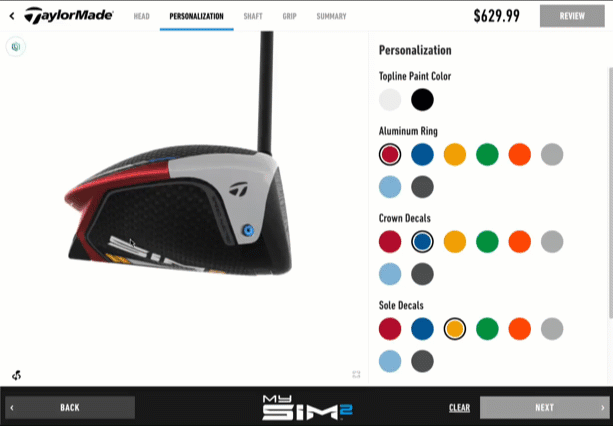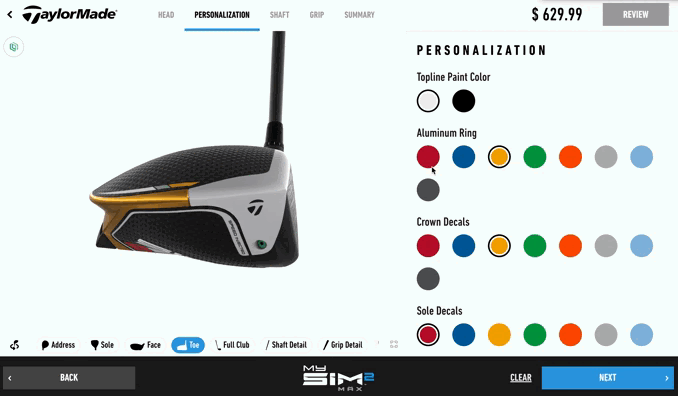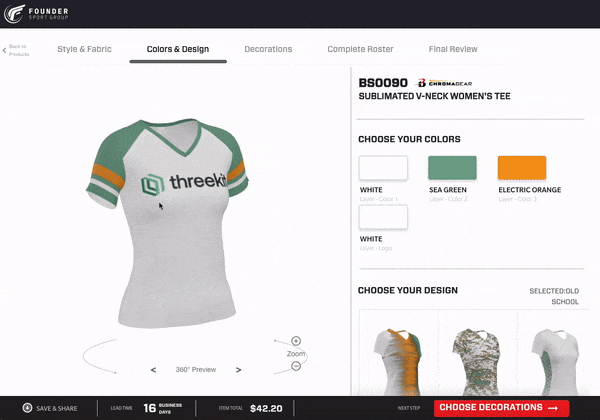Elevating Brand Awareness Through Immersive Digital Commerce
Elevate brand awareness by leveraging immersive digital commerce to create engaging experiences that build a community of brand advocates. This involves creating a user-centric website, utilizing augmented reality and personalizing the online shopping experience with a visual configurator.
Key Takeaways
- Brand awareness impacts customer decisions and builds trust and credibility.
- Immersive digital commerce experiences, such as user-centric storefronts and augmented reality (AR), enhance customer engagement.
- Personalization and customization, including tailored shopping experiences and intelligent product recommendations, can significantly increase brand awareness and trust.

The Impact of Brand Awareness
Brand awareness refers to the extent to which consumers are familiar with and recognize a particular brand. It influences customer decision-making and builds trust and credibility. When consumers are aware of a brand, they are more likely to consider it when making purchasing decisions.
In fact, studies have shown that 64% of consumers are more likely to purchase from a known brand, and 71% are willing to pay a premium for a trusted brand.
Brand awareness can be measured through surveys, market research and online metrics, such as website traffic, social media engagement and search engine rankings. These provide quantitative data that can clarify the level of awareness among your target audience.
Gather and analyze these metrics to gain insights into the effectiveness of your brand awareness efforts and make data-driven decisions to improve your strategies. It is important to continuously monitor and evaluate brand awareness to stay competitive in the digital landscape.
Building Trust and Credibility
Authenticity plays a crucial role in establishing trust among customers. By providing authentic experiences, brands can build trust and credibility with their audience. This can be achieved through engagement such as customer reviews and user-generated content.
Incorporating relevant keywords and phrases in brand communications can improve SEO, which causes your brand to appear more often and in higher ranking in search results. This lends credibility to your brand and increases the likelihood of conversions.
Creating Immersive Digital Commerce Experiences
Leverage 3D Images and AR for Interactive Product Visualization
By leveraging 3D product visualization, businesses can provide customers with a more immersive and interactive shopping experience, allowing customers a better understanding of the product, its features, and its benefits, ultimately increasing their confidence in making a purchase.
A robust visual configurator allows the customer to see real-time visuals of their personalization choices, as well as explore the product in detail.

Unlike traditional product photography, AR allows retailers to adapt product imagery for highly personalized and dynamic customer experiences. Customers can engage with merchandise in a more immersive manner, leading to increased engagement and conversion rates.
For example, Lowe's uses AR in their 'View in Your Space' app, which allows customers to virtually place products in their home for a 360-degree view. This feature allows the customer to accurately see how the product will fit and look in their own environment, reducing the likelihood of product returns.

Design a User-Centric Digital Storefront
To ensure a seamless and intuitive user-centric interface, consider the following key elements:
-
Responsive design: Users must be able to access your site on different devices, such as a laptop, mobile phone and tablet, and through different web browsers. The platform should adapt flawlessly to varying screen sizes.
-
High-quality visuals: Utilize high-resolution product images, 360° views and immersive videos to effectively replicate the in-store experience.
-
Search and filters: Robust search functionalities coupled with customization filters empower users to refine their choices based on price, brand, color, size and other criteria.
-
Rendering engines: Rendering engines leverage powerful algorithms to create high-quality images or 3D models, allowing users to examine products from various angles and zoom in for intricate details.
-
Database management: A robust database can manage vast amounts of product information, user data and transaction records. It ensures swift access to accurate information, personalized recommendations and a unified shopping experience.
-
Intuitive navigation: Design an effortless user interface, including one-click checkout and mobile payment options in addition to traditional methods.
-
Omnichannel integration: Ensure seamless transitions between virtual and physical stores for a unified shopping experience.
By incorporating these elements, you can create user-centric digital storefronts that enhance brand awareness and drive customer engagement.
Increasing Value with Customization
Tailor the Online Shopping Experience
Providing customization options directly from your ecommerce site enhances the shopping experience. According to a study by Epsilon, 80% of consumers are more likely to do business with a company that offers personalized experiences.
A significant ROI can be gained from empowering consumers to choose their preferred item specifications and see their options in real-time:
- Personalization is often a high-margin upsell opportunity. Consumers are willing to pay extra for products that are unique and tailored to their needs.
- With increased consumer confidence in their customized product, rates of return are lower.
- Customers feel a sense of connection to a brand that meets their unique needs, enhancing brand loyalty.
- You can implement algorithms that adjust prices in real-time based on factors such as demand, inventory levels and customer preferences. This allows for personalized pricing that reflects the individual needs and preferences of each customer.
Utilize AI for Product Recommendations
Generative AI can analyze vast amounts of data to understand individual consumer preferences, behaviors and needs. This enables your company to suggest tailored content and product recommendations, enhancing the customer's trust in your ability to meet their needs.
AI's analytical prowess and machine learning algorithms decipher intricate patterns and predict consumer choices, resulting in bespoke customer journeys that increase brand trust.

At Threekit, we understand the importance of immersive and personalized digital commerce and offer cutting-edge solutions to help businesses enhance brand awareness. Schedule a demo with Threekit's 3D experts today to see how our advanced visualization technology can bring your products to life.


